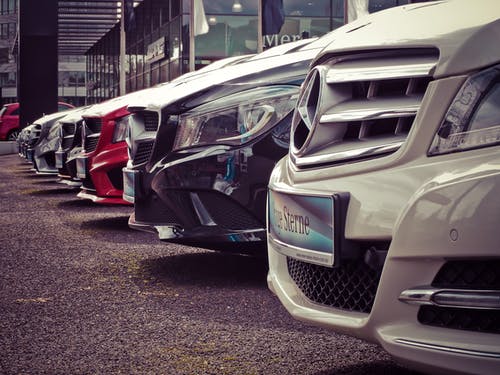What NOT To Do When Buying a Used Car
Going the “used” route can be wise when it comes to car buying — if you know how to shop, that is. To get the most bang for your proverbial buck, you need to avoid certain, potentially costly mistakes when in the hunt for a second-hand ride.
Failing to Secure Financing
This is No. 1 for what not to do when buying a used car. Whether you’re going through a dealer or a private owner, you need to figure out how you’re going to pay for your ride. If you don’t have a stack of cash, you must consider financing.
Financing gives you a picture of what you can procure, which facilitates negotiations. Still, you need to shop around because various lenders offer different interest rates. Be certain to get financing approved even before you start shopping. Doing so will help keep you in check and within your budget. You can use an auto loan calculator to help you determine what sort of terms and rates you can manage.
Do note, though, that used car financing rates generally exceed those for new vehicles. Why? Because lenders prefer that borrowers buy new rides. If you don’t make your payments and your vehicle gets repossessed, the lender has a better resale value with a new car.
Putting Excessive Premium on Monthly Payments
You can save a bundle in the long run by paying cash for your car. If this isn’t possible, though, you’ll need to establish a budget and calculate what you can afford.
When shopping for a car, people frequently have a monthly payment in mind. While a manageable monthly payment may help with your budget, a longer payment period could end up being pricey. Because of compounding interest, it could be more practical for you to assume a higher monthly payment that you can pay back in a shorter period. Check out car search websites.
You could lease your ride, which is cheaper. But not all stores offer used car leases, and if they do, they often come with conditions. If you can lease, however, the car’s residual value at the lease’s end will be more affordable than a new car, should you wish to buy the vehicle.
Skipping the Test Drive
Up to 20% of used-car buyers forego the test drive. By contrast, first-time purchasers of spanking new rides test drive an average of seven vehicles before signing the dotted line. You do want to make sure the vehicle feels safe to drive and performs properly.
Not Checking with a Mechanic
Test driving is fine, even imperative. But too many buyers eschew getting the car inspected before making the buy. Even if you must shell out for the mechanic yourself, you could save yourself beaucoup bucks in the long run. It also doesn’t hurt the ask the seller to pick up the inspection tab.
Making Initial Negotiations in Person
If you’re buying a car from a dealership, it’s the salesperson’s job to get you to there in person. It’s usually an easier sell if you’re face-to-face. To offset this, be certain to do your homework – research and comparisons – before leaving home. As much as possible, try to negotiate over the phone or via email. This makes it easier to walk away if things go awry, and generally gives you the upper hand in negotiations.
If you’re dealing with a private seller, mention a few used-car stats over the phone. That may give you an edge before seeing the car in person.
Now you know what not to do when buying a used car. Take the advice to heart and save yourself time and money. Happy driving!

